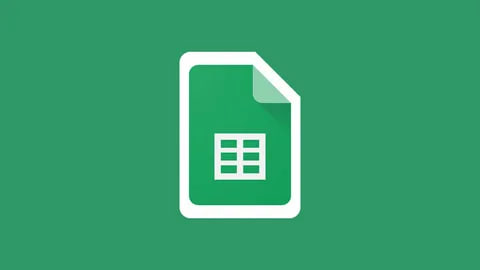Finance is a complex and confusing industry. It’s replete with its own vocabulary, acronyms, strategies and dialect. Learning about finance and investing is a lifelong process. The financial services industry is constantly changing and new information is always emerging, making it a dynamic field to study. For those interested in becoming financially savvy, learning how to invest can lead to better money management and future prosperity.
Before deciding where to invest your money, you should consider your risk tolerance and investment objectives. Your risk tolerance refers to how much you can lose and is often dictated by your life situation, such as how close you are to retirement or other milestones in your lifetime. You’ll also want to understand your financial goals and whether you need liquidity or steady income in your investments.
In addition to understanding your personal financial situation, you should be familiar with the different types of investments and investment accounts. This includes understanding how they work, who regulates them and who can access the accounts. It’s also important to know how these investment accounts are taxed, as this can impact your returns.

A basic introduction to the world of finance and investing can be obtained from a variety of sources. For example, you can search online for “financial education” or “financial literacy,” and you’ll find plenty of resources to get you started. There are even free, downloadable courses that can give you an in-depth look at a number of topics.
Another great way to learn about the basics of finances is through a book. Many books exist that offer a clear and concise overview of financial topics, including personal finance, investing, and budgeting. For example, Jean Chatzky’s book How to Money does a good job of covering the basics in an engaging and accessible manner. The famous For Dummies series also offers insight into everything from saving to investing by providing simple explanations and real-life examples.
Once you have an understanding of the basics, you’ll be ready to take the next step and start investing your money. This is important because savings alone won’t grow quickly enough to keep up with inflation. Moreover, the risks of investing are far less severe than those associated with losing or spending money.
One easy and effective way to start investing is by using a spare change app. These apps round-up your purchases, allowing you to invest the small amounts of money that you’d otherwise miss.
The key to successful financial planning is knowing how to invest your money wisely. Once you have your emergency savings and retirement account established, you’ll be ready to put your money to work. With these key tools in place, you’ll be able to watch your investments grow and secure your financial future. Good luck!



